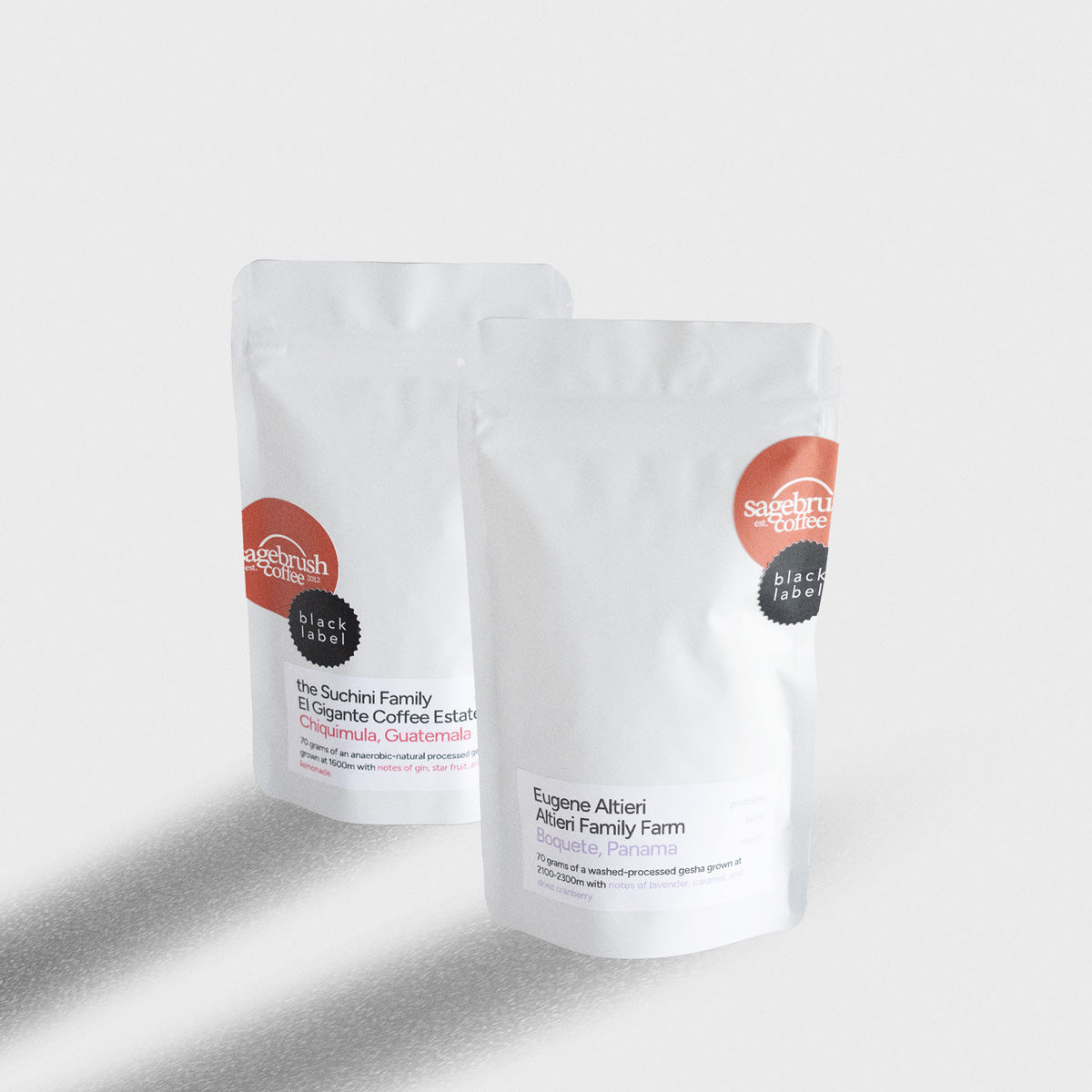
You can break down the history of coffee in Tanzania (tan•zuh•nee•uh) into three eras, their ancient beginning, their period of colonization, and their current post-colonialization era. Each era has brought significant changes to coffee production. The current cultivating climate has shifted from a lot of government intervention to more freedom allowing for more privatizing of farms and more individual responsibility for farmers. Tanzania coffee production is a testament to the resiliency of people overcoming obstacles to see a better quality of life.
Ancient Beginnings
Coffee in Tanzania dates back to the 16th century. It most likely came from Ethiopia since it's so close geographically. At the time, the people of the Haya tribe populated the region. They would chew coffee beans because of their stimulating effects, meaning they didn't actually consume coffee as a beverage. They also used it as currency to trade goods. Their government structure during this time was based on tribal leaders and not a formal government. Tribal leaders would decide who grew beans and how many they would grow. All of this would change though as they entered the colonization period.
Colonization Period
Before Tanzania became the country we know today, its name was Tanganyika. In 1911 the Germans came and colonized the region. Later on, by order of the League of Nations, colonization would be transferred to England. During this period, whether it was under German or English rule, they would strip tribal leaders of authority. Tanganyika transitioned from tribal rule to a type of monarchy with a sultan. The League of Nations was heavily involved in the political structure of the colony. Their intervention would affect the authority of both tribal leaders and the monarch.
German Colonization
Tanganyika came under German colonization in the late 1890s. They encouraged the Haya people to enter the coffee economy in a more formal way by exchanging coffee with cash. Prior to this change, coffee beans themselves were used as currency. The Germans also encouraged growing coffee using seeds. Although the Haya were reluctant to join the cash economy, coffee exports increased dramatically. Over time, some farmers would replace their food crops with coffee ones.
The Chagga tribe of the Moshi region on Mt. Kilimanjaro started using Arabica beans in their agricultural practices. This was a departure from their tradition of cattle raising and other food cultivation. They were more active in trade, and after the slave trade came to an end in Africa, they would switch to predominantly coffee growing.
British Colonization
The borders of Tanganyika weren't clearly determined until the British colonization around 1919. They tried to modernize the coffee trade and planted millions of seedlings from 1919 to 1925. Even though the Haya tribe resisted some of the new British practices and rules, their work provided stability to coffee growth through the 1950s. But even with some stability, they would continue to struggle, and the coffee industry in that region would not thrive. The Chagga tribe, on the other hand, would export 6000 pounds of coffee valued at 1.5 million dollars in 1925. Even though they had no previous coffee growing experience, they joined the coffee economy enthusiastically and would cultivate for cash. All of the coffee exported from Tanganyika during this time period would be exclusively sold in London. The Chagga tribe would begin the Kilimanjaro Native Planters' Association (KNPA) later in 1925. The KNPA was the first of many coffee cooperatives formed. Forming the cooperative allowed farmers to sell directly to London markets and fetch a higher price for their coffee.
Post-Independent Period
In 1961, Tanganyika would gain independence, and its new name would officially be Tanzania. It started as a socialist government, and while they intended to grow the coffee economy, they couldn't do it successfully. High inflation and a declining economy would slow the growth of the coffee industry. In 1992, they would become a multiparty political system that would usher in major economic change and would provide farmers more freedom from government rules and intervention.
Coffee Cultivation Today
Today, coffee is grown on smaller farms and is the largest export crop in Tanzania. Coffee contributes $115 million in domestic income. Both Robusta and Arabica beans are grown in Tanzania. 70% of their crop is Arabica and 30% is Robusta. The Moshi region of Kilimanjaro accounts for 75% of all coffee production and is praised for being some of the best Arabica coffee grown in the country. Aside from the specific Moshi region, Tanzania has two main regions for coffee farming, the North and the South.
Farming in the North
Coffee from the North is often sweet and tropical. Unfortunately for them, it's not just government regulations that impact the farm but also elephants. You read that right, elephants. I read a report of a farmer who lost 60% of their farm because of an elephant stampede. To protect their farm, they now have to invest significant resources in fencing that is strong enough to keep elephants out. When you consider all the obstacles that coffee farmers face, I was surprised that Tanzania contends with such an animal. I have always imagined elephants in wide-open spaces and not running through coffee fields.
Farming in the South
Coffee grown in the Southern region of Tanzania is known for being more complex while still maintaining its fruity flavor. The south has a long history of producing coffee, especially in the Mbozi region. Most people in that region have been farming coffee for generations.
More than Just Peaberry
For a long time, it's been believed that Peaberry coffee grew only in Tanzania, but it's actually a mutation that occurs naturally and can be found all over the world. Farmers can't really plan for or specifically plant Peaberry coffee since it's a mutation that occurs naturally, but it has been known to occur a significant amount in Tanzania's high-elevation areas near Mount Kilimanjaro. Perhaps Tanzania beat everyone to the punch and was the first to separate and introduce Peaberry as a distinct and desirable variety to the world. For more information about Peaberry coffee, check out this blog.
The future of coffee looks bright in Tanzania. They've mastered supplying coffee and contributing significantly to their economy despite political uncertainty and even the challenges of natural obstacles, like elephants.


















